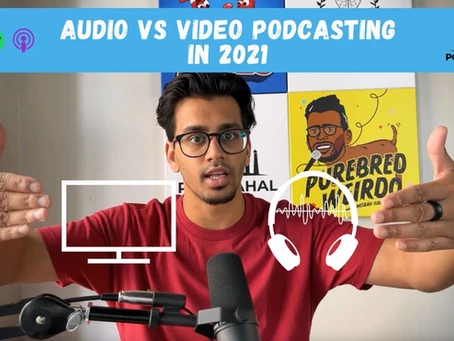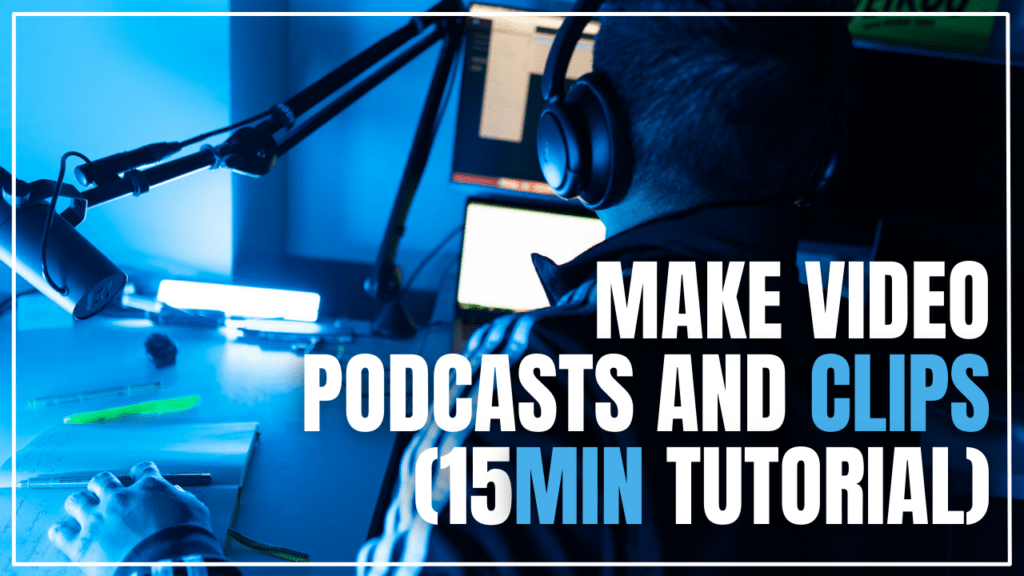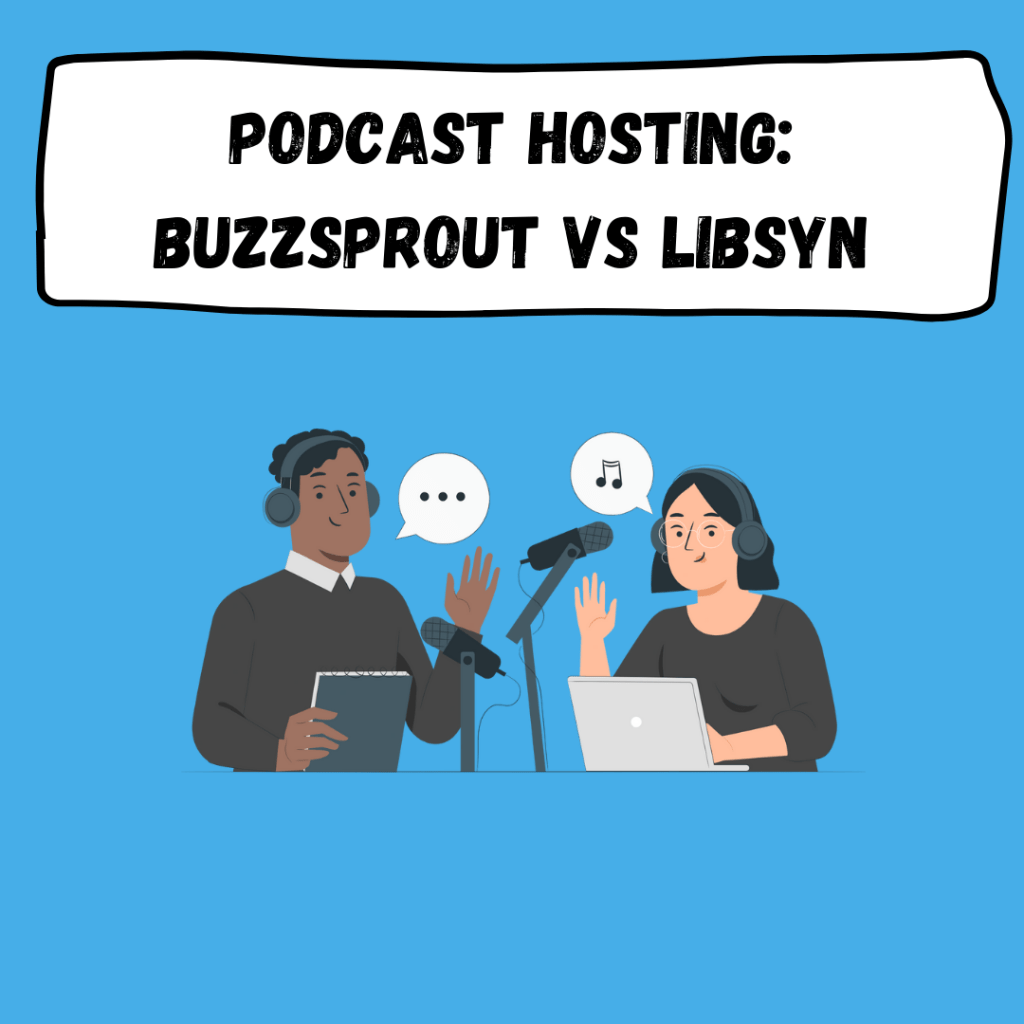The marketing aspect of the business is substantial to promote its product or services. There are different ways in how a business can promote and market its brand name.
- Social Media Platforms – this form of marketing is free, registration for these social media is of no cost.
(e.g. using Facebook, Instagram, LinkedIn, Tiktok and Twitter)
- Digital Advertising
(e.g. Email Marketing, Social Media Ads – Facebook/Instagram Ads)
- Search Engine Marketing – two strategies are used in Search Engine Marketing viz; SEO and Paid Advertising
(e.g. Google Ads, Bing Ads)
- Press Advertising
(e.g. newspapers and magazines advertisement
- Search Engine Optimization (SEO) – is one of the best ways to market your business online.
(e.g. optimizing your site/s for search engines – google, youtube, bing)
- Website
- Broadcast Marketing
(e.g. television and radio advertising)
- Podcasting
Three pacing strategies are:
- Crawl
- Walk
- Run
Podcasting is one of the best ways to promote your brand and business. If you’re planning to launch your own podcast, you may download and read Podcast Launch Checklist and Podcast Budget Book for free. Podcast Launch Checklist gives you a demonstrated action items to help you launch your podcast while the Podcast Budget Book gives you a suggested Equipment with cost associated with it.
Podcast Transcript:
Misbah Haque (00:09):
Hey everybody, what’s going on? My name is Misbah Haque. Welcome to another episode of Pod Mahal. In this episode, I wanted to talk to you a little bit about pacing. So any marketing endeavor that you’re going to involve yourself in? I know for me, you know, for example, I was looking into SEO, I was learning a lot about SEO. And I finally connected with an expert in that domain, and I had all sorts of questions like, (Man, how much? You know, should I do this? Should I do that? How much of this should I be doing? How fast will I grow)? The same types of questions that people ask me when it comes to starting a podcast. And she gave me an answer that really stuck with me. And I started to see it stand out and everything I kind of every skill that I saw, but she was like, I always tell people, there are three different ways to do it, there are three different steps. And it’s crawl, walk, and run. And she said it in a very specific way to SEO and explained to me different things related to that.
But to me, I have really absorbed that and view every skill in those different formats and realizing that just because you get out of the crawling stage, and you now have learned how to walk, or that, okay, now that you’re running doesn’t mean you’re going to run forever, you’re not going to stay in that gear forever, there are times you’re going to have to come back into the crawling stage. And so this has been a really, I think, like forgiving way to look at your marketing endeavors. Because there are all sorts of ideals if you’re talking like, if you don’t define some of your goals, like let’s say, let’s use podcasting, as an example, for this episode, it’s like what’s, what type of equipment is, is the best, like what type of production setup is the best for me. And it’s like, well, if you’re somebody who’s willing to run, and you’ve got a budget to kind of put behind this, that’s going to look a little different for you than it is for somebody who’s like, hey, what’s preventing you from starting?
Let’s focus on a couple different things, maybe, if it’s accessible for you to start from your phone. And you’d have to wait another four to eight weeks before you started recording if you had to buy a microphone, because it’s not in the budget right now. That’s cool you find yourself in the stage where you are crawling, and I define that as giving yourself permission to start. So we can always wait for the perfect time, the perfect camera, the new iPhones gonna come out. So I have a nicer camera to record stuff like, I’ve had every excuse in the book when it comes to this stuff. But when you think about starting a podcast record on your phone. That’s an example of crawling and just publishing the audio.
So not overstressing it, not thinking about the entire system unless you have the capacity to be able to handle that. When whatever allows you to get moving right now the next stage is walking. So now you are moving, you’re putting one foot in front of the other. And I think this is a good checkpoint to ask yourself, what do you need to sustain this pace? What do you need to keep publishing your audio? What do you need to get a few weeks ahead or a couple episodes ahead? And then maybe at this stage, an example of walking is okay, you’re publishing on all audio platforms. But now you’re also in all video ones. So you’re on YouTube, you’re cutting clips, all that stuff takes work. And that might not be something that you’re ready to do on day one. When you walk into a gym and you start lifting weights, if it’s been 10, 20 days, since you’ve worked out, you got to approach it a little differently, right? So let’s say you’re at a stage where you’re able to start taking on video you’re doing that. Okay, now you’re walking. That’s a good pace to keep going.
Now, let’s talk about running. So running is maybe you’re doing all this stuff, but you’re doing double the episodes, you’re doing double the promotion, you’re cutting double the clips, you’re also doing some blog posts here. You’re really pushing it this is a stage where, for short periods you’re probably going to experience a little bit of discomfort. Because it’s tough, it’s tough to post twice a day or three times a day, or whatever your goal is in your promo season. But the trade off is you might get to your finish line a little faster. If you go hard and your promotion, you know, you’re posting double the clips than you normally do. Maybe it’s a download, maybe it’s more people reaching out to you, you might see more of that a little bit quicker. But the trade off is, hey, it takes more time, might take a little bit more energy and money. But this is where I think about it, like, If you’re running, you’re not going to be running forever. So it might be for a week for three weeks for four weeks, you can define when you are in that period, and it’s time for you to go hard. And then you can define when it’s time for you to kind of come back to it.
I know for myself when I get burned out. Specifically, let’s say for Instagram, I have to come back, like I’m posting a lot and then all of a sudden, I have to come back to the crawl stage just to kind of get back into a pace that feels good again. So these pacing strategies are just kind of like a mental concept for you to know what gear you’re using. And be okay with that gear. Because oftentimes, when you’re running, when you’re publishing two episodes, we’d like right now, at this stage with this podcast, I’ve been doing daily episodes, right? I’m not committing to doing daily episodes forever and ever and ever.
But right now, it’s what I feel like doing. So I’m doing it. And that might be that definitely is maybe considered in the running stage a little bit, okay. But there might be a time where I back that off. And I’m now in the walking stage, okay. So you got to know when to kind of toggle up or toggle down. But just like there’s pace or RPM is when you’re driving, you see kind of yourself approaching that red line before it switches gear you can kind of develop this sensor for yourself. And I think it’s especially valuable when it comes to podcasting itself, starting one growing one, because my ideal that I would paint for people like is the fully loaded thing that shows up record video. That way you have room for clips.
That way you also have audio to get a good mic, from the start get a really good mic. Invest in that it’ll help your editing process, it’ll make it go by a lot quicker. But these are all maybe ideals that are in kind of the running stage. It’s like okay, maybe you’re not doing once a week you’re doing twice a week, right? That’s like what a really fully loaded system might look like. But even for this show, specifically, like I haven’t, I’m not doing video for this podcast right now, I do separate I record separate video reels or whatever for YouTube, but I’m not doing a video version that I’m recording on Pod Mahal, even though I could and that would be considered running right? For me, right now doing the audio in a way for my brain. It is crawling, it’s giving myself the permission to like, post on here more and do it in a way that feels fun and keep doing it right.
So I think it’s very important to define this for yourself. Start to look out for this pattern of crawling, walking and running in other marketing endeavors that you’re doing, especially ones that you’re really maybe good at. So if you are really crushing it on tick tock or you’re crushing it on Instagram look at what that was like for you in the beginning, look at what any skill when you were first learning it, you had you had to kind of take your time with it you were just doing some steps that would allow you to gain a little confidence and keep the ball moving right remove anything that could be a barrier, you’re crawling then you know when you’re when you’re walking, you’ve got you’ve got some reps and things feel automatic now certain things your your, your workflow has a rhythm to it. So keep this in mind as you are going about starting a podcast, whatever project you’re working on, because I know it might not be starting a podcast right now it could be working on your Instagram or your website, whatever that is.
I want to hear about it. So reach out and drop me a note to [email protected] And if it is specifically for starting a podcast. You know hopefully this episode was helpful in terms of giving you some stages and some pacing strategies to view that for yourself. Ultimately, if you’re going to take one thing away from this, it’s like, what do you do? It’s almost always a good idea to just come back to the crawling stage and ask yourself, what do you need to start crawling. Don’t just because you might want to run, don’t delay your entire production another three months before you do anything, it’s always good to just start, especially if that’s just using what you do not have to get any extra lighting, recording on your phone, whatever that means. I would start with a pace that allows you to get rolling within two weeks. And this could even be writing in scripting. It doesn’t even have to be recording. But that’s just my take on if you are using some of these pacing strategies for starting a podcast, but hopefully this lens was helpful for you in applying it to other marketing projects or endeavors that you’re involved in right now. So again, reach out to [email protected] or DM me on Instagram @podmahal. I’d love to hear from you. And for all of our free resources and all that good stuff, podcasts launch checklists, playbooks to help shape your ideas, equipment guides and things like that. Head over to podmahal.com Thank you so much for listening today. If you enjoyed the show, make sure you subscribe, and you review. It’s greatly appreciated. But thanks again for tuning in. And I will see you next time!
👇🏽
How We Help
Done-For-You
Podcast Production: https://podmahal.com/podcast-production
Pod Fit
Course: https://podmahal.com/podfit
Podcast
Coaching & Consulting: https://coaching.podmahal.com/start-a-podcast
👋🏽
Connect:
Website: https://podmahal.com/
YouTube: https://bit.ly/35HR5eI
Apple
Podcasts: https://apple.co/3xFpkzz
Spotify: https://spoti.fi/3hqWbSb
Instagram: https://www.instagram.com/misbah.hawk
Instagram: https://www.instagram.com/podmahal/



